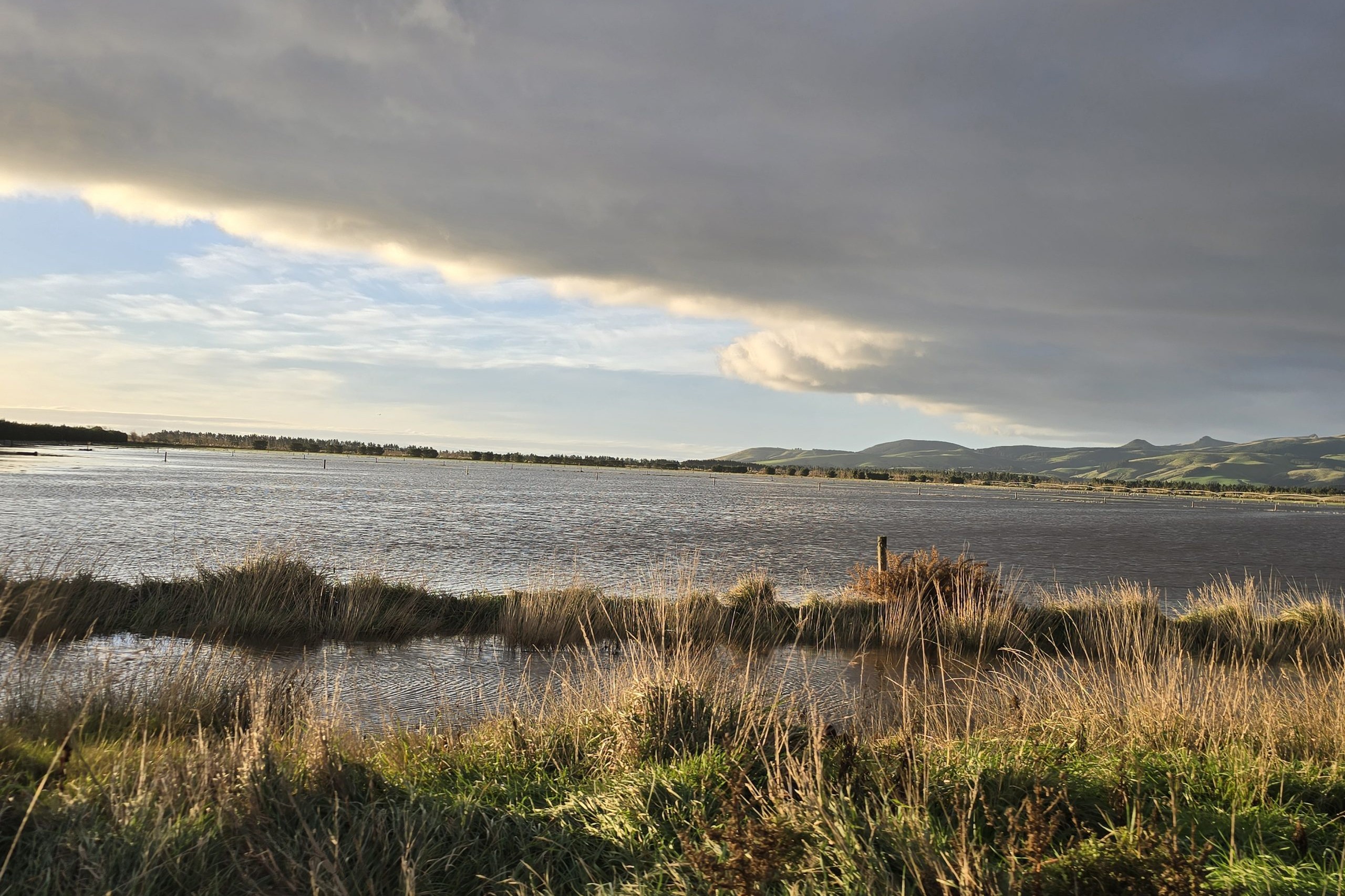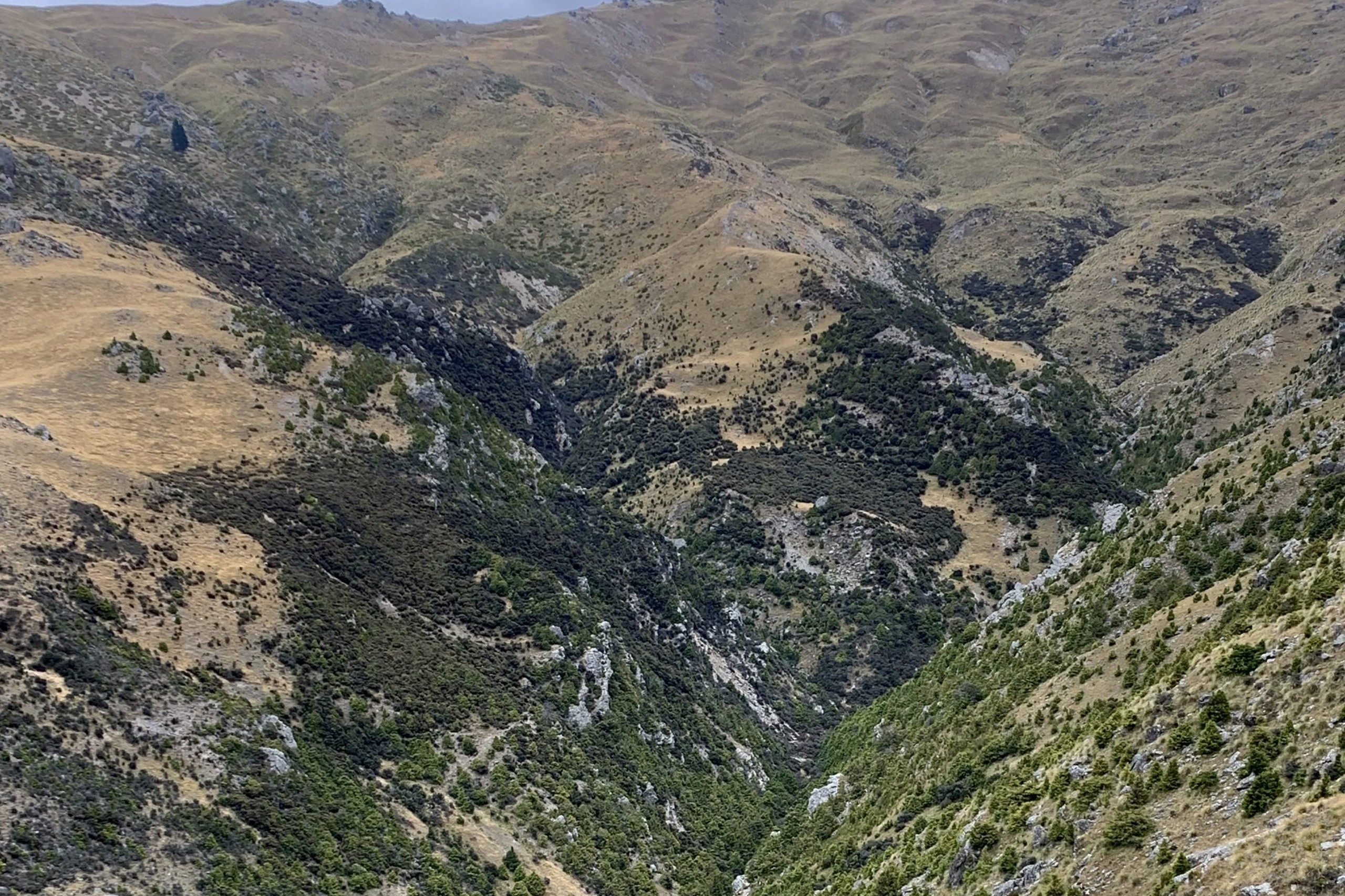Stuart Chambers surveys farming over seven decades and realises that some things never change.
In the 70 years I have been watching and commenting on the rural scene there have been several noticeable constants. The cow and the sheep have been the backbone of agriculture in New Zealand, and grass and clover pasture has been their food. Animals have lived outside all year round and harvested their own food. There have been slight diversions from this pattern and changes in the mechanics but, basically, livestock farmers pull on their boots and go out into the weather as they have always done. The only difference might be that now some are almost confined to the kitchen table surrounded by paper.
I first became aware of the farming world from an upbringing in Auckland in a neighbourhood where each house had a big spread and gardening was the weekend activity. Our garden totalled over three acres and ran six ewes and often a horse. There were a couple of orchards, a vegetable garden, a fowl run with 30 hens and a pigeon loft. Poultry meat and occasional pigeon meat supplemented the diet. The sheep were there as lawnmowers and the few fleeces or lambs sold were bonuses. The sheep added soul to the overall scene and presented young minds with a close-up view of a possible future occupation.
For me this led on to an uncle’s Waikato farm where 150 cows were milked by three people, and 2000 ewes were farmed by Eddie, Mac, Fred and Johnnie – a team of very capable Maori men who taught me most of what I was to learn about the actual physical work done on farms. It started with horses pulling sledges, stumping peat swamps, sowing fertiliser, sweeping hay and constant harrowing. This farm grew good rye and clover pasture and it fed hay in late winter as it still does today.
From there I moved on to Massey College where, again, the rye and clover pasture was emphasised. Nitrogen was the key element for ryegrass growth and this came from clover, and clover was encouraged by phosphate with the occasional touch of molybdenum. We were also taught that farming was not simply a lifestyle, it was a full-on occupation. The Massey experience included practical work on a sheep farm in the far south where, again, sheep grazed rye and clover pasture, but here crops were a big part of the sheep and cattle winter diet.
Armed with this basic knowledge I managed to buy an undeveloped farm near the Hauraki Plains. It was too steep for dairying so sheep were the only alternative. I changed it from manuka scrub, with the help of a loan from the Marginal Lands Board, to once again ryegrass and clover pasture, which the livestock fed on. The sheds, yards and fences were built basically as taught to me by Eddie, Mac, Fred and Johnnie. The land was topdressed by plane, stock were rotated, and wether lambs were sold prior to the pasture going to stalk. Angus cows were run to clean up pastures remembering, as we were taught, that they were both complementary and supplementary to sheep farming.
This simple operation still applies to much of the sheep country today but as a lifestyle it has moved on. As a representative of the QE II Trust back in the 80s I met sheep farmers distressed by the fact that the occupation they had once enjoyed could no longer be sustained. The main reason for this was the wool price. Wool had traditionally been about 50% of a sheep farmer’s income, and this had largely gone.
Some had found their way out of this dilemma by selling land for pine trees and this has continued until the present, albeit with some complaint. Others had subdivided their land to clear mortgages, and cattle numbers had increased at a cost. Also, many wives had found work away from the farm.
My wife went out to work very early in the piece and we also set up a viable tourist activity, which we carried on for many years. This I supplemented further by writing a nature column for the then prestigious NZ Farmer, and later with work in Tanzania and Fiji.
For all its ups and downs, though, sheep farming persists. It basically still operates as it did 70 years ago feeding rye and clover pasture to livestock, which harvest it themselves. It still follows many of the teachings of Eddie, Mac, Fred and Johnnie. It is still based on tradition.
Looking back, dairying has survived better. It has evolved into a highly organised operation, but nevertheless its cattle still feed on rye and clover pastures, albeit with some additions, and its farmers still pull on their boots and go outside to manage it.




